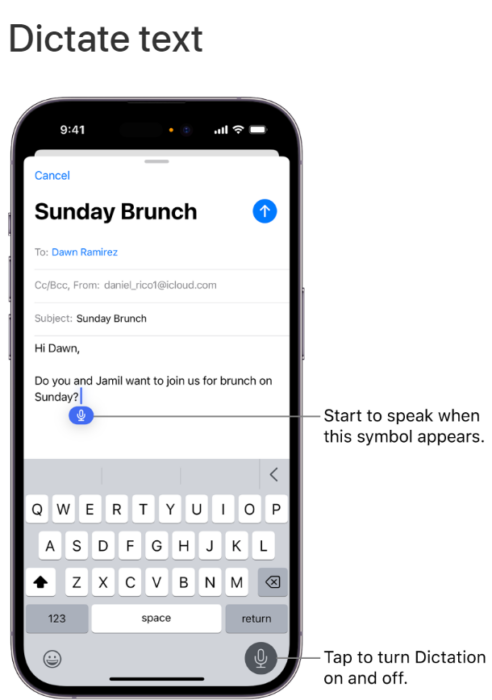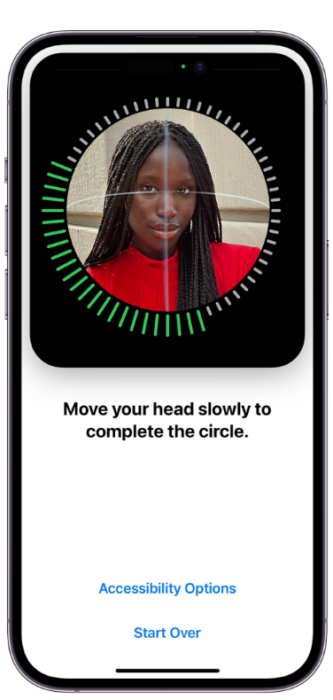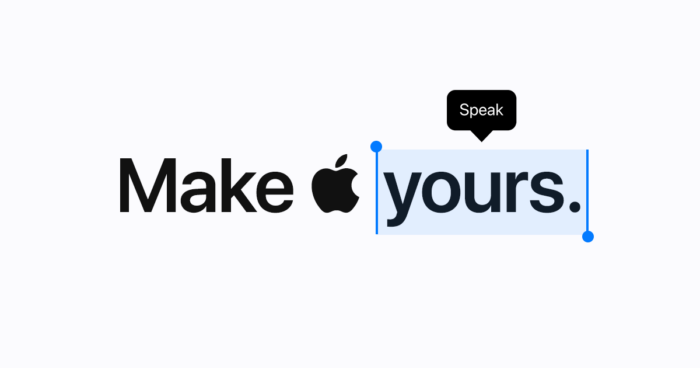
In a recent Forbes article, the Apple iPhone was the top selling smartphone in the U.S. and around the world. Not only is it stylish and sleek, but the iPhone also offers many features and functions that fall into a “cognitive-related accessibility” category.
There are multiple ways for users to reduce distraction and sensory stimulus, while also helping with everyday tasks such as signing into an account, typing, and identifying people and things around you.
A few examples include:
Stop or reduce onscreen motion on the iPhone
If you don’t want visual motion on your iPhone screen, you can stop or reduce the movement of some screen elements, such as:
- Parallax effect of wallpaper, apps, and alerts
- Screen transitions
- Siri animations
- Typing autocompletion
- Animated full-screen and bubble effects in the Messages app
- Animated images on the Web and in apps
Hear the iPhone speak the screen, selected text, and typing feedback
Even if VoiceOver is turned off, you can have your iPhone read text on the screen, reading either the entire screen or a specific selection. Or hear what you type spoken out loud, character by character or word by word.

Dictate text
With Dictation on the iPhone, users can dictate text anywhere that can be typed. You can also use typing and Dictation together — the keyboard stays open during Dictation so you can easily switch between voice and touch to enter text. For example, you can select text with touch and replace it with your voice.
Face ID
Face ID is used to unlock your iPhone, authorize purchases and payments, and sign in to many third-party apps by simply glancing at the phone securely and conveniently.

Learn more about Apple iPhone cognitive-related accessibility here.

